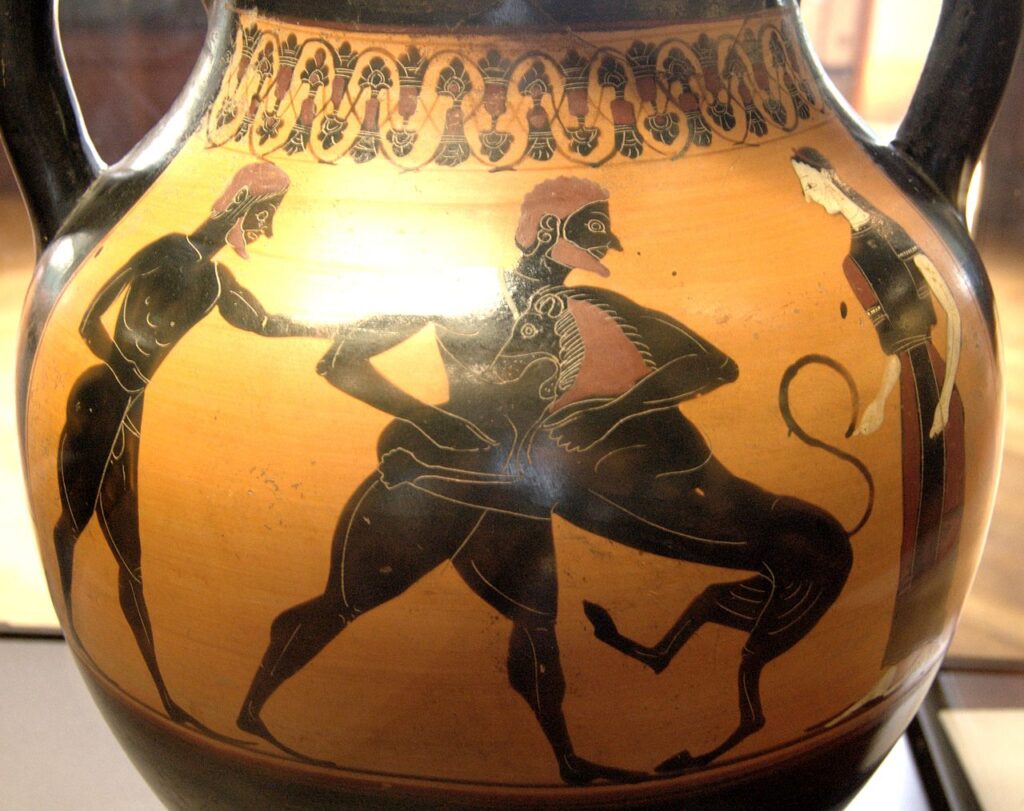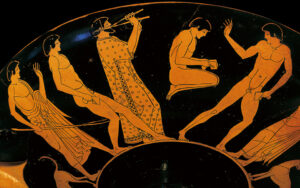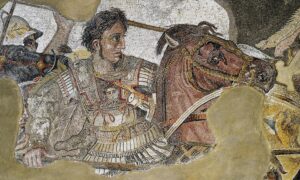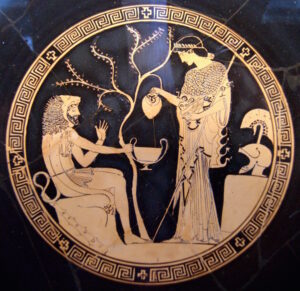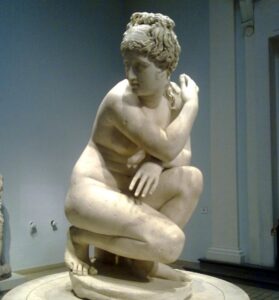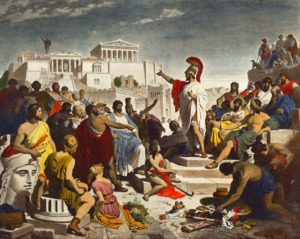Heracles, also referred to as ‘Hercules’ was a demigod in ancient Greek mythology and one of the greatest heroes in both ancient Greek and Roman mythology. He was known for his exceptional strength and courage. In this article, we’ll look at the mythology, history and significance of Heracles in ancient Greek culture.
Origin and Family of Heracles
As stated above, Heracles was a demigod. Also known as a half-god, it is a being in mythology who is half human and half god. They are often the offspring of a mortal and a god, and possess some of the powers and abilities of the divine parent but also have human weaknesses and vulnerabilities. Heracles was a demigod due to his parents.
For example, he was born to Zeus and a mortal woman named Alcmene. Despite his mythological origins, he was raised as a mortal, and struggled with the challenges of living in a world dominated by powerful gods and goddesses. Regardless, Heracles quickly developed a reputation for his strength and courage, and he soon became a popular figure among the people of Greece.
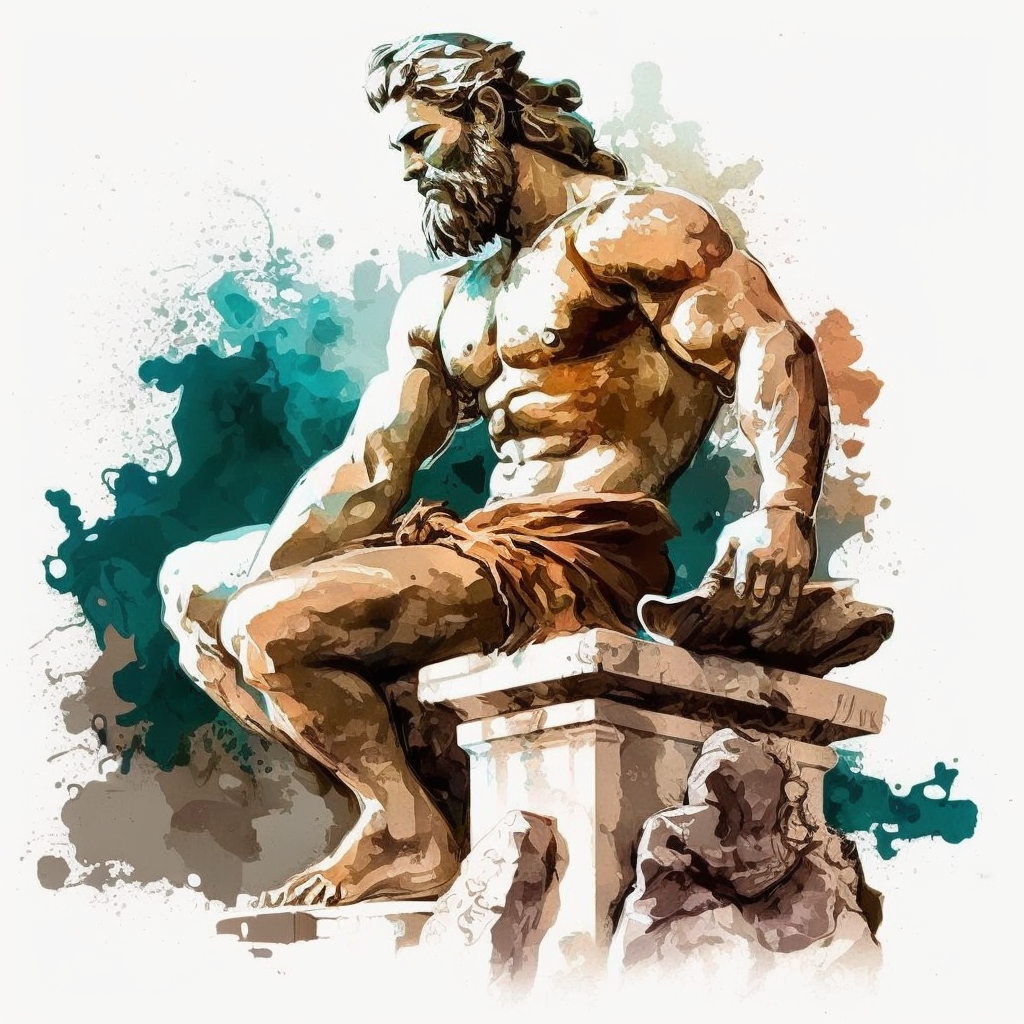
Twelve Labors
He is best known for his ‘Twelve Labors,’ which were a series of tasks given to him as punishment by the god King Eurystheus. These tasks included slaying the Nemean Lion, capturing the Erymanthian Boar, and cleaning the Augean stables. Despite the seemingly impossible nature of these tasks, he was able to complete them all, often with the help of his wit and intelligence.
All twelve of the labors were:
- Slay the Nemean Lion
- Slay the nine-headed Lernaean Hydra
- Capture the Golden Hind of Artemis
- Capture the Erymanthian Boar
- Clean the Augean Stables
- Slay the Stymphalian Birds
- Capture the Cretan Bull
- Steal the Mares of Diomedes
- Obtain the Girdle of Hippolyta, Queen of the Amazons
- Steal the Cattle of Geryon
- Obtain the Apples of the Hesperides
- Capture and bring back Cerberus, the three-headed dog guarding the underworld
Each of these labors was incredibly challenging, and required Heracles to use all of his strength, intelligence, and cunning to overcome them. Despite the odds, he was able to complete all twelve labors, solidifying his reputation as one of the greatest heroes of all time.
Significance of Heracles
Heracles was a popular figure in ancient Greek and Roman culture, and his stories were told in a variety of mediums, including poetry, painting and sculpture. He was also worshiped as a god of strength and heroes, and was considered a role model of courage and masculinity.
Today, he is remembered as a symbol of strength, courage and perseverance. He continues to be a popular figure in literature, art, and film, and his name is often used as a symbol of great strength and power. The name “Hercules” is still used as a synonym for anyone who is incredibly strong, and many athletic events and competitions are named after him.

